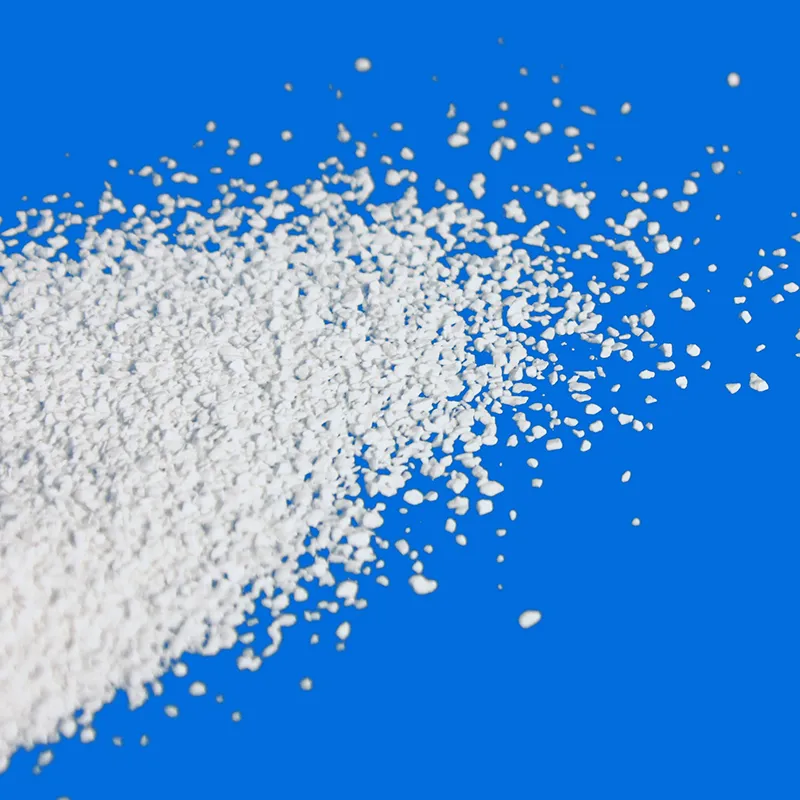
Various Categories of Food Additives and Their Functions in Food Industry
Different Types of Food Additives
Food additives are substances added to food to enhance its flavor, appearance, shelf life, or safety. With the rapid advancement of food technology, the variety and function of these additives have expanded significantly. They play an essential role in modern food production, helping manufacturers meet consumer demands for convenient, appealing, and safe products. This article explores different types of food additives, their purposes, and their potential effects on health and the environment.
1. Preservatives
Preservatives are perhaps the most well-known type of food additive. They are used to prevent spoilage caused by microbes and oxidation, thereby extending the shelf life of products. Common preservatives include nitrates and nitrites, which prevent the growth of bacteria in cured meats, and sorbic acid, often found in baked goods and cheeses. While preservatives are essential for food safety, some consumers are concerned about their potential health effects, such as allergic reactions or links to certain health issues.
2. Flavor Enhancers
Flavor enhancers are substances that intensify the existing flavors in food products. One of the most prevalent flavor enhancers is monosodium glutamate (MSG), commonly used in Asian cuisine. Other flavor enhancers include yeast extract and hydrolyzed vegetable proteins. These additives allow manufacturers to reduce the amount of salt, fats, or sugars in their products without compromising taste. However, debates continue regarding the long-term health implications of consuming flavor enhancers, with some individuals reporting sensitivity or adverse reactions.
Color additives are used to enhance or alter the color of food, making it more visually appealing to consumers. They can be derived from natural sources, such as beet juice or turmeric, or they can be synthetic dyes like Red 40 or Yellow 5. While color additives can make food more attractive, their safety has been a topic of discussion. Some synthetic dyes have been linked to hyperactivity in children and allergies in sensitive individuals. Consequently, many consumers prefer natural colorings in their food products.
different types of food additives

4. Emulsifiers
Emulsifiers are additives that help blend ingredients that typically do not mix well, such as oil and water. These compounds stabilize food products and improve their texture. Common emulsifiers include lecithin, often derived from soybeans, and mono- and diglycerides. Emulsifiers are vital in products like mayonnaise, salad dressings, and ice cream, contributing to their creamy texture. While emulsifiers facilitate food processing and storage, concerns have been raised about their impact on gut health and the microbiome.
5. Sweeteners
Sweeteners are additives that impart sweetness to food and beverages. They can be natural, like honey or agave syrup, or artificial, like aspartame or sucralose. With rising health consciousness and obesity rates, many consumers are turning to low-calorie or no-calorie sweeteners. While these alternatives can help reduce sugar intake, their long-term health effects continue to stir debate among nutrition experts. Research suggests that overconsumption of artificial sweeteners may lead to cravings for more sugary foods and could disrupt metabolism.
6. Thickeners and Stabilizers
Thickeners and stabilizers are additives that modify the texture of food products, providing thickness and maintaining consistency. Common thickeners include cornstarch, xanthan gum, and guar gum. These additives are prevalent in sauces, soups, and desserts, ensuring that products have the desired viscosity. Generally recognized as safe (GRAS) by the Food and Drug Administration (FDA), thickeners and stabilizers help achieve the ideal mouthfeel in various food applications.
Conclusion
Food additives are integral to the food supply chain, offering numerous benefits such as enhanced flavor, extended shelf life, and improved texture. However, the ongoing debate regarding their safety and health effects highlights the importance of consumer awareness. As more people seek information about what they eat, understanding the different types of food additives — and their roles in food production — becomes crucial. By making informed choices, consumers can navigate the complexities of food additives, balancing convenience and health in their dietary habits.
-
Aluminum Hydroxide: Quality Gels & Dried Gel AntacidNewsAug.31,2025
-
Buy High-Quality Trichloroisocyanuric Acid for Sale | TCCA 90% SupplierNewsAug.30,2025
-
Pure Sodium Dichloroisocyanurate Dihydrate | Powerful DisinfectantNewsAug.29,2025
-
Industrial Chemicals: Quality & Purity for Every IndustryNewsAug.28,2025
-
Nitrile Rubber Honoring Strict Production StandardsNewsAug.22,2025
-
Aspartame Ingredients Honoring Food Safety ValuesNewsAug.22,2025
-
Fertilizer for Balanced Plant NutritionNewsAug.22,2025
Hebei Tenger Chemical Technology Co., Ltd. focuses on the chemical industry and is committed to the export service of chemical raw materials.
-

view more DiethanolisopropanolamineIn the ever-growing field of chemical solutions, diethanolisopropanolamine (DEIPA) stands out as a versatile and important compound. Due to its unique chemical structure and properties, DEIPA is of interest to various industries including construction, personal care, and agriculture. -

view more TriisopropanolamineTriisopropanolamine (TIPA) alkanol amine substance, is a kind of alcohol amine compound with amino and alcohol hydroxyl, and because of its molecules contains both amino and hydroxyl. -

view more Tetramethyl Thiuram DisulfideTetramethyl thiuram disulfide, also known as TMTD, is a white to light-yellow powder with a distinct sulfur-like odor. It is soluble in organic solvents such as benzene, acetone, and ethyl acetate, making it highly versatile for use in different formulations. TMTD is known for its excellent vulcanization acceleration properties, which makes it a key ingredient in the production of rubber products. Additionally, it acts as an effective fungicide and bactericide, making it valuable in agricultural applications. Its high purity and stability ensure consistent performance, making it a preferred choice for manufacturers across various industries.





